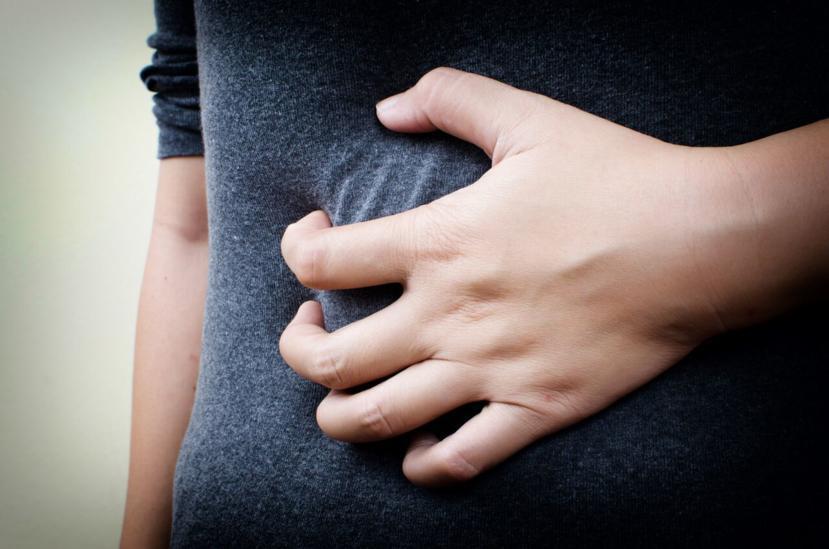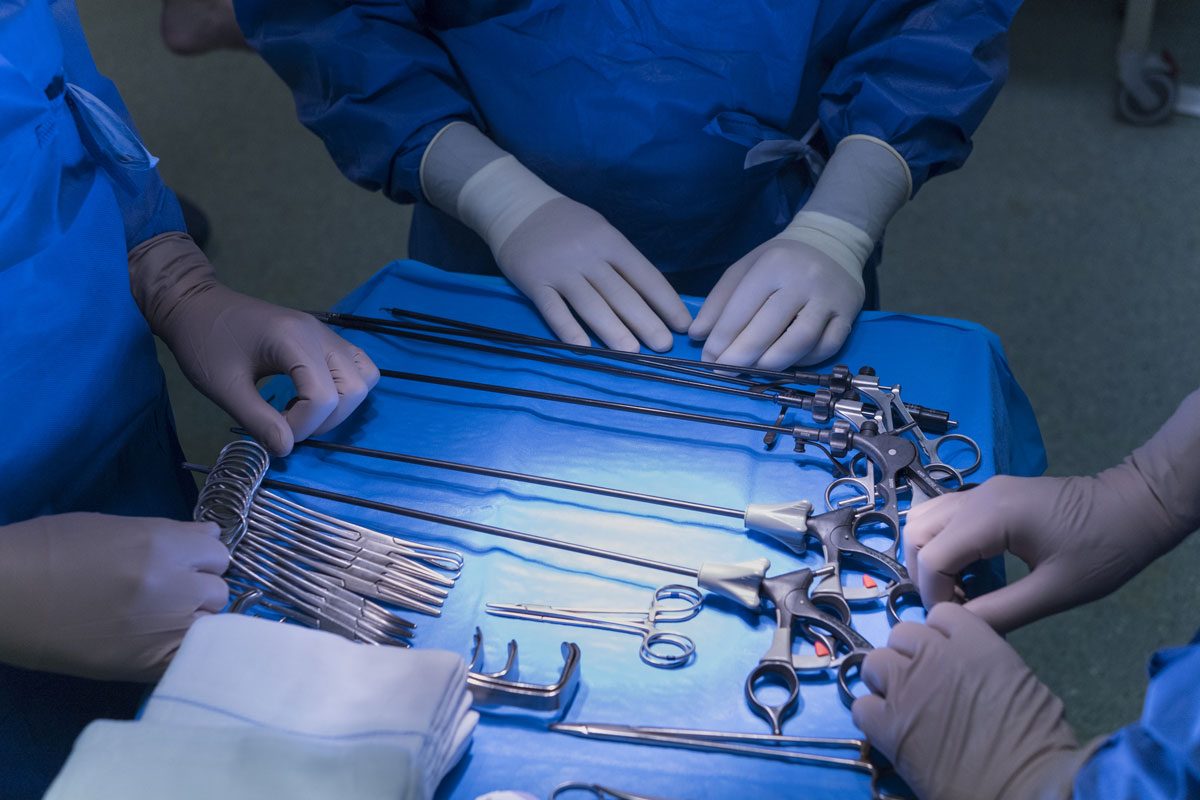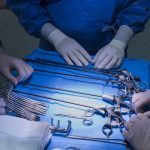It is important to locate the source of rectal bleeding so that appropriate treatment can be started and the problem fixed.
Rectal bleeding is frequently noticed as bright red blood, blood on the toilet paper, or blood staining the toilet bowl water red. But bleeding can also cause black, tarry stools or maroon (dark red) stools. right red blood usually means bleeding from low in the colon or rectum. Dark red blood usually means bleeding higher up in the colon or small bo wel and black tarry stools (melena) is seen with bleeding from the stomach (ulcers, for example). Rectal bleeding usually develops quickly and is commonly associated with abdominal disorders.
Most cases of rectal bleeding should cause you to see a physician for a complete evaluation. Depending upon the source of bleeding (which may be from any part of the gastrointestinal tract), treatment can range from topical ointments to diet change, to antibiotics, blood transfusion, or even surgery. Therefore, it is important to locate the source of rectal bleeding so that appropriate treatment can be started and the problem fixed.
Rectal Bleeding Causes
Hemorrhoids: These are dilated blood vessels in the anal or rectal area. They can occur on the outside where they are felt as small bumps when wiping and can bepainful but rarely bleed. They may also be on the inside where they are usually painless but frequently cause bleeding. They develop quite commonly with chronic constipation and especially with pregnancy. Hemorrhoids are usually treated with a diet high in fiber or a stool-bulking agent that softens the stool and reduces straining.
Fistula: A fistula is an abnormal, burrowing channel that usually runs from the rectum to the skin around the anus. It often will drain a whitish discharge but can also bleed. While it is usually just a local problem, a fistula is occasionally associated with chronic inflammation in other part of the intestinal tract. This disorder is called Crohn’s disease. Fistulas may be treated with antibiotics and hot baths or certain medications used for Crohn’s disease. If they persist, surgery is usually required.
Fissure: The passage of hard stool or severe diarrhea may tear the lining tissue of the anus. This problem is similar to having cracked lips in cold weather. Nerve endings and blood vessels are exposed so that pain and bleeding occur with bowel movements. Frequent warm baths, a diet high in fiber and bulking agents, used to keep stools soft, usually correct this problem. Various ointments such as nitroglycerin and nifedipine can also be helpful. Sometimes surgery is needed.
Diverticulosis: Diverticula are pockets or sacs that project from the bowel wall. Most people develop diverticula in their colon as they get older. They balloon out over the years due to recurrent, high-pressure spasms of the colon. Usually, they cause no problems. Sometimes they get infected. This is known as diverticulitis. Occasionally, they can bleed. They usually produce a lot of blood, and it comes all at one time. Most of the time the bleeding stops as quickly as it started. Occasionally bleeding will continue in small amounts with bowel movements over days or weeks. Serious, persistent diverticular bleeding usually requires hospitalization and, at times, surgery.
Proctitis and Colitis: Either the rectum, colon, or both, can become inflamed and ulcerated. There are a number of disorders which cause the inside surface of the bowel to become ulcerated and bleed. There may be rectal urgency (feeling like you need to have a bowel movement right now), cramps or diarrhea associated with the bleeding. When the inflammation is restricted to the rectum, the condition is called proctitis. When the colon is involved, it is called colitis. It is important to identify the specific cause of the inflammation so that appropriate treatment can be started.
Polyps and Cancer:
Of course, the greatest concern about rectal bleeding is cancer. Polyps are benign growths in the colon. When polyps reach a large size, they can bleed. In addition, certain types of polyps turn into cancer. Colon cancer is usually curable when discovered early. It most often occurs in people over the age of 50, but it is not unheard of in younger individuals, even in their 30’s or younger. Because colon cancer is such a common cancer, it is always considered as a possible cause of rectal bleeding.
Protrusion of the Rectum:
Some older individuals will have weakened rectal support tissues. Part of the rectum then can project from the anus and bleed. This condition is called rectal prolapse. It can be felt as an abnormal bulging from the rectum when wiping. Surgery is the only effective treatment.
Rectal Bleeding Symptoms
Common symptoms that occur include rectal pain, bright red blood present in or on the stool, change in stool color to black, red, or maroon, stool test positive for occult blood loss (blood may present, but you cannot see it), confusion, dizziness or lightheadedness, and fainting. Rectal bleeding should always be evaluated by a doctor. When rectal bleeding is present with one or more of the following symptoms, call your doctor immediately: Fever, stomach pain or swelling, nausea or vomiting, bleeding continues to worsen, recent weight loss, altered bowel habits, severe or prolonged diarrhea, pencil-sized stool, involuntary seepage of stools, or inability to have a bowel movement.
















